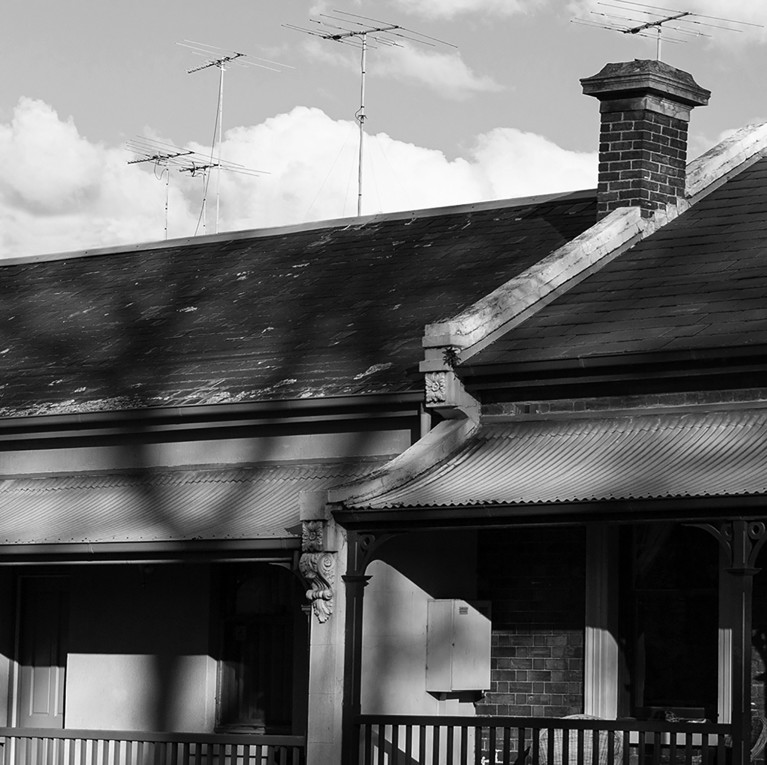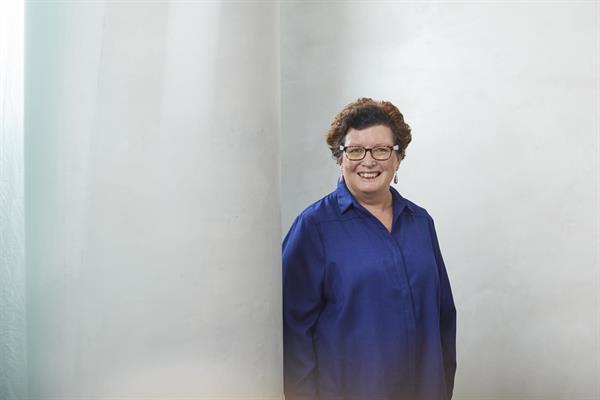- Posted on 5 May 2025
- 8-minute read
How research into simple home upgrades transformed lives, cut energy bills and reshaped government policy.
Key points
- The Victorian Healthy Homes Program provided 1,000 low-income households with thermal upgrades such as draught sealing, improved insulation and split-system air conditioners.
- UTS experts evaluated the program using the gold standard of a randomised control trial, finding every $1 saved on energy efficiency led to $10 in healthcare savings.
- The study has since informed large-scale housing energy-efficiency improvements in Victoria and beyond.
Heather had resigned herself to the cold. Her aging brick home in Victoria, with its outdated electric heat banks, struggled to reach 13 degrees in winter – sometimes dropping to 10 on frosty mornings.
“I’d put them on about Easter, and they’d stay on until early September,” she says. But despite running them for months, her home never truly warmed up.
Even worse than the discomfort was the fear of her power bill. Living alone, Heather paid $650 for winter heating, a cost that spiked even further when family visited.
“My son came from Alice Springs, and he was frozen,” she says. His 10-day stay added another $49 to her bill – money she could barely afford.
Heather’s struggle was far from unique. Across Victoria, thousands of low-income residents were battling freezing homes, often with serious health consequences.
Cold indoor temperatures are linked to respiratory illnesses, heart disease, and even premature deaths, particularly among elderly and vulnerable populations.
Inspired by similar research in New Zealand, Sustainability Victoria sought a research partner to evaluate the impact of home upgrades on low-income households.
They selected UTS through a competitive tender, with expertise in health economics from the Centre for Health Economics Research and Evaluation (CHERE) and in energy efficiency from the Institute for Sustainable Futures (ISF).

The collaboration officially launched in 2018 with the Victorian Healthy Homes Program, a project designed to deliver real-world evidence on how minor home upgrades could improve comfort, lower energy use and enhance health outcomes.
"We wanted to get location-relevant evidence for Victoria," says Toby Cumming, who worked on research and evaluation at Sustainability Victoria while the project was underway.
"People think of Australia as hot, but in the south-eastern corner where Melbourne is, people are too cold a lot of the year, and the housing isn’t up to scratch."
Cold hard facts
The Victorian Healthy Homes Program wasn’t just about installing better insulation or replacing old heaters. It was about proving, with hard evidence, that these changes made a measurable impact.
Led by health economist Professor Rosalie Viney from CHERE, the team designed the program as a randomised controlled trial – a gold-standard scientific method rarely used in government energy efficiency programs.
“We really wanted rigorous, proper randomised design and comprehensive data collection,” Cumming says.
“That was why we partnered with UTS – because Sustainability Victoria recognised there wasn’t really in-house research capacity to do that.”
The study targeted 1,000 low-income households across Victoria, providing thermal upgrades such as draught sealing, improved insulation and split-system air conditioners.
Households were randomly split into two groups: half received their upgrades before winter, and half after, allowing researchers to compare real-world outcomes.
UTS played a crucial role in ensuring the study’s integrity. “The power of these results is that we did run a proper randomised controlled trial,” Professor Viney says.
“We also did an ‘intention-to-treat’ analysis, which means we accounted for all households based on how they were assigned, whether they got their upgrades in time or not.”
The program faced considerable challenges, including COVID-19 disruptions, delays in securing contractors, and the logistical hurdles of reaching vulnerable participants.
We saw reductions in breathlessness and improved quality of life, particularly in mental health and social wellbeing.
Despite these obstacles, the results were clear. Homes that received upgrades saw their indoor temperature rise by an average of 0.33°C, with morning temperatures improving the most. Residents spent 43 minutes less per day exposed to unhealthy cold conditions below 18°C.
And the improvements weren’t just about thermal comfort. Health outcomes improved, too.
“We saw reductions in breathlessness and improved quality of life, particularly in mental health and social wellbeing,” Professor Viney says.
For many participants, that difference was life-changing.
Radiating impact
Beyond the immediate benefits to residents, the study also provided a compelling economic argument for energy efficiency programs.
The data showed that every $1 saved on energy translated into more than $10 in healthcare savings.
“When we spoke with the Department of Treasury and Finance and the Department of Health, it felt like we were having those conversations from a position of power because we had credible, objective data to back us up,” Cumming says.
The findings have since informed large-scale social housing retrofits in Victoria, with similar programs being explored in NSW and beyond.
“There’s a policy zeitgeist around these programs,” Professor Viney says. “Positive findings have been used by government to implement similar programs and policies.”

The research has even broader applications. While the Victorian trial focused on cold homes, the same methodology could be used to address extreme heat in vulnerable communities.
“We’d really love to run a similar study in Western Sydney, looking at cooling interventions in summer,” Professor Viney says.
For Heather, the difference after her upgrade was profound. With her new split-system heater, her home finally felt warm in winter – without the anxiety of sky-high power bills.
Her winter electricity bill dropped to just $264 – barely more than her autumn bill before the upgrade. But more than that, she regained a sense of control and comfort.
“I know I can afford it. Whereas before, you’re scared because it’s costing too much. Now, I’m excited to get my bills to see how much I’ve saved,” she says.
Perhaps most importantly, she no longer has to choose between warmth and connection.
“You’re the first visitors I’ve had since I’ve had the split system,” she says. Before, friends and family avoided visiting in winter because her home was simply too cold. Now, she says, “I’ve got my life back.”
Research team
- Led by Professor Rosalie Viney, Centre for Health Economics Research and Evaluation (CHERE), UTS
- UTS: Katie Page, Kees van Gool, Margaret Campbell, Thomas Longden, Patricia Kenny, Lutfun Hossain, Dan Liu, Kerryn Wilmot, Scott Kelly, Yo Han Kim, Philip Haywood, Brendan Mulhern, Stephen Goodall
- Sustainability Victoria: Toby Cumming, Matthew Soeberg
- Project lead organisation and funder: Victorian Government, Sustainability Victoria
- Partner organisations: Australian Energy Foundation, local Councils, Uniting Goulburn Valley Community Energy, ITP Renewables, Department of Veterans' Affairs






